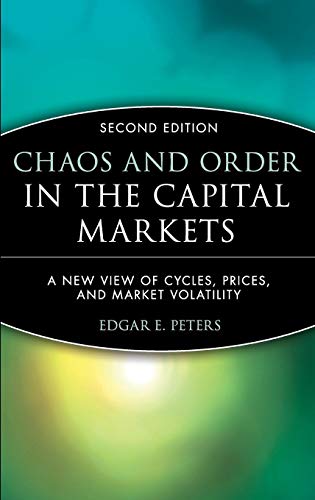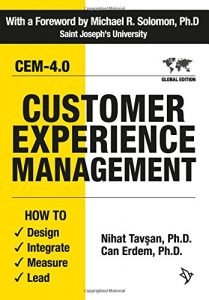1. Chaos and Order in the Capital Markets: A New View of Cycles, Prices, and Market Volatility
Authored by Edgar E. Peters, this book dives into the intricacies of market behavior and volatility, providing readers with an indepth understanding of market cycles. It challenges traditional financial theories and introduces a more dynamic perspective that aligns with real-world observations. Peters articulates the interrelation between chaos and order, emphasizing the importance of understanding market sentiment. This book is not just for finance professionals but for anyone interested in the dynamics that drive market movements.
2. Tax Policy and Capital Formation
This vital publication from the United States Congress illuminates the historical perspectives on tax policy and its fundamental role in capital formation. Its analysis is invaluable for understanding how fiscal measures affect savings, investment, and ultimately, economic growth. This book serves as an important educational tool for policy-makers, economists, and finance professionals who are interested in the intersections between taxation and capital mobilization.
3. Globalizing Capital: A History of the International Monetary System – Third Edition
Barry Eichengreen’s insightful exploration into the international monetary system is a comprehensive guide that covers the evolution of global finance. This third edition expands upon previous analyses, offering a critical lens on how historical events shape today’s economic policies and debates. Understanding this evolution is crucial for finance professionals tasked with navigating the complexities of global markets in present times.
4. The Secret Money Market: Inside the Dark World of Tax Evasion, Financial Fraud, Insider Trading, Money Laundering, and Capital Flight
Ingo Walter provides a revealing look into the less-discussed aspects of finance – the underbelly of money markets. His book dives into the dark side of finance, shedding light on the mechanisms behind illicit activities that undermine legitimate economic systems. The insights within this book are not only enlightening but essential for regulatory professionals and investors wanting a more comprehensive understanding of market risks.
5. Investing in Money Market Funds 101: The Beginner’s Smart Investors Guide
Usiere Uko’s book is a treasure trove for novice investors aiming for financial security. This comprehensive guide demystifies money market funds, illustrating their strategic advantages within a diversified investment portfolio. With practical advice and accessible language, it serves as an excellent entry point for anyone keen on understanding money markets and making informed investment decisions.
6. Capitalism without Capital: The Rise of the Intangible Economy
Jonathan Haskel and Stian Westlake present a compelling narrative on the transition to an economy where intangible assets dominate. This book is crucial for understanding the new drivers of economic value in today’s digital landscape. The authors explore the implications for growth, investment, and policy, making it a must-read for economists and business leaders navigating this intangible economy.
7. The Tax System of Our Capital Market Research (Chinese Edition)
This book presents a comprehensive examination of the tax systems that govern capital markets, tailored for those proficient in Chinese. It’s an essential resource for investors and tax professionals seeking to navigate compliance and investment viability within Chinese markets. Its relevance exceptionally highlights the importance of informed global investment strategy supported by robust regulatory knowledge.
8. Tax Cuts And Jobs Act For Real Estate Investors: The New Rules
Michael Lantrip’s book navigates the ramifications of the Tax Cuts and Jobs Act, providing insights specifically for real estate investors. It breaks down the new regulations and how they affect investment strategies, making it an indispensable resource for real estate professionals and property owners alike. Understanding these new rules is key to optimizing investment returns in a changing policy environment.
9. Private Capital Investing: The Handbook of Private Debt and Private Equity
Roberto Ippolito presents this authoritative handbook, detailing the intricacies of private capital investing. It effectively covers the facets of private debt and equity, providing essential knowledge for investors wishing to delve into alternative investment strategies. This book is pertinent for venture capitalists and private equity professionals looking to refine their tactical approaches in a competitive marketplace.
10. Introduction to Private Equity, Debt and Real Assets
Cyril Demaria introduces readers to the landscape of private equity, debt, and real assets, making it an essential guide for finance executives, analysts, and investment professionals. This book covers an array of investment vehicles and strategies, providing a well-rounded perspective vital to navigating today’s financial landscape. It offers practical insights for those venturing into these robust forms of capital investment.












































